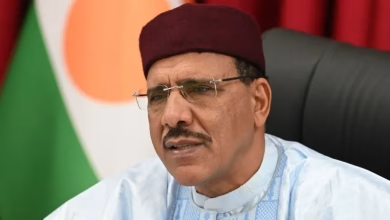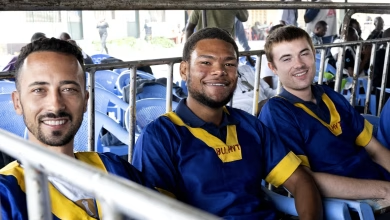Devastating Landslide in Papua New Guinea Leaves 7,900 in Peril, Hopes for Survivors Fade

- Landslide in Papua New Guinea has plunged nearly 7,900 people into a perilous situation
- Rescue teams face daunting obstacles in reaching affected communities
- The government's response has been criticized as inadequate
In a heartbreaking turn of events, a landslide in Papua New Guinea has left nearly 7,900 people at risk, with diminishing hopes for finding survivors.
The disaster, which struck a remote highland community on May 24, buried over 2,000 individuals under meters of debris and rubble.
Despite relentless efforts by locals to sift through the devastation in search of loved ones, the chances of finding survivors grow slimmer by the day. UNICEF’s Niels Kraaier expressed the grim reality, stating that it’s highly unlikely anyone could have survived beneath the colossal mound of wreckage.
Rescue and relief operations face formidable challenges due to the area’s remoteness, severed road links, heavy rains, and tribal conflicts. Moreover, the situation remains precarious as Mount Mungalo continues to shed dangerous clumps of rock and earth, prompting urgent evacuation orders.
Tragically, many residents are reluctant to leave hazardous zones, clinging to hope amidst the chaos. Satellite imagery vividly portrays the extent of the catastrophe, depicting a swath of destruction that has transformed lush landscapes into desolate wastelands.
Enga provincial administrator Sandis Tsaka emphasized the ongoing urgency of the situation, with the disaster’s impact resembling scenes from a war zone.
Despite the overwhelming scale of the tragedy, the government’s response has been lamentably inadequate, leaving aid agencies and international partners scrambling to coordinate relief efforts.
In response to the escalating crisis, Papua New Guinea authorities convened an emergency meeting with UN agencies and allies, underscoring the imperative for swift and concerted action.
With the army and various responders mobilizing, it’s clear that only collaborative efforts can begin to address the immense challenges posed by this calamity.






